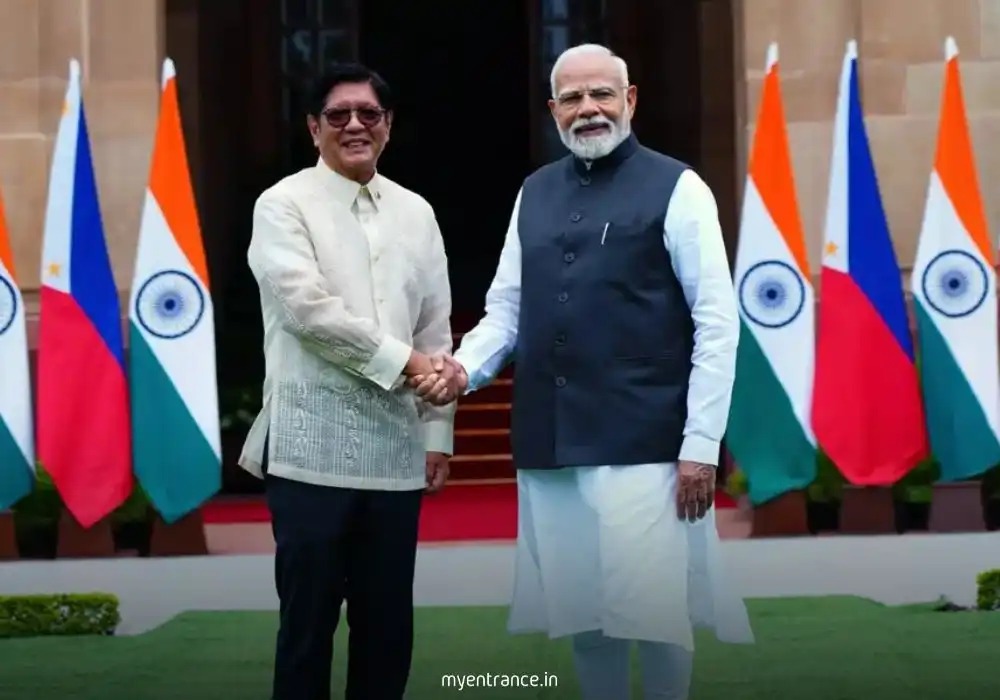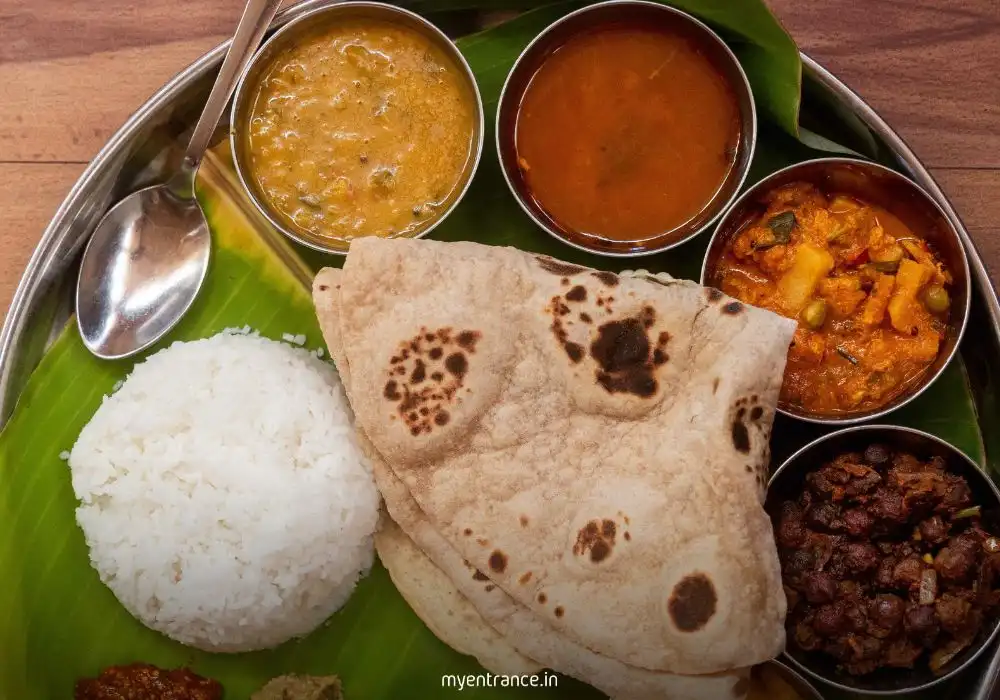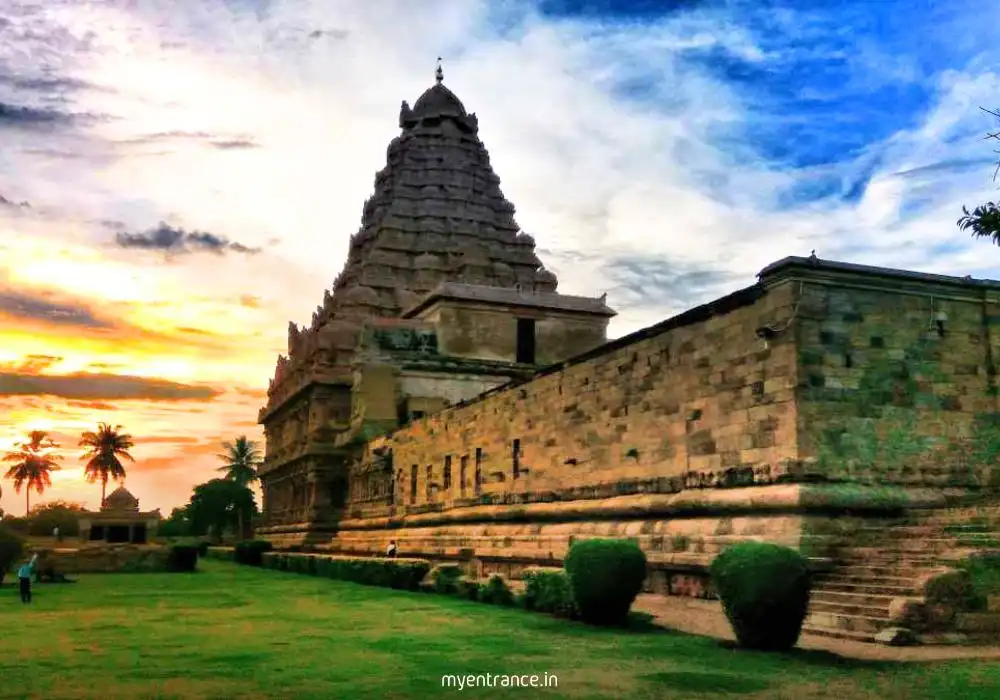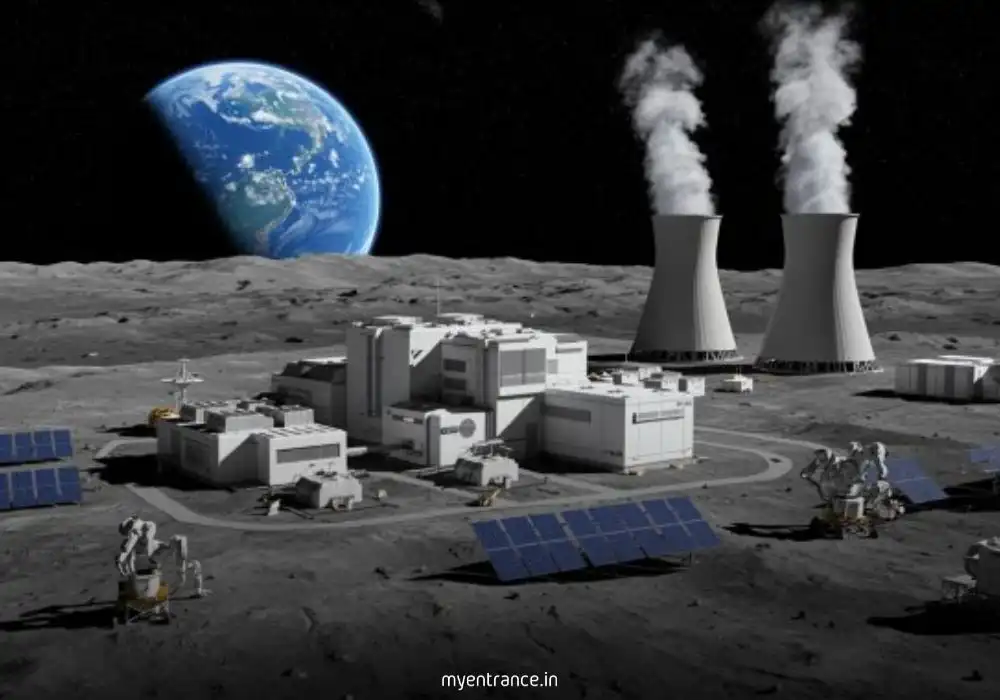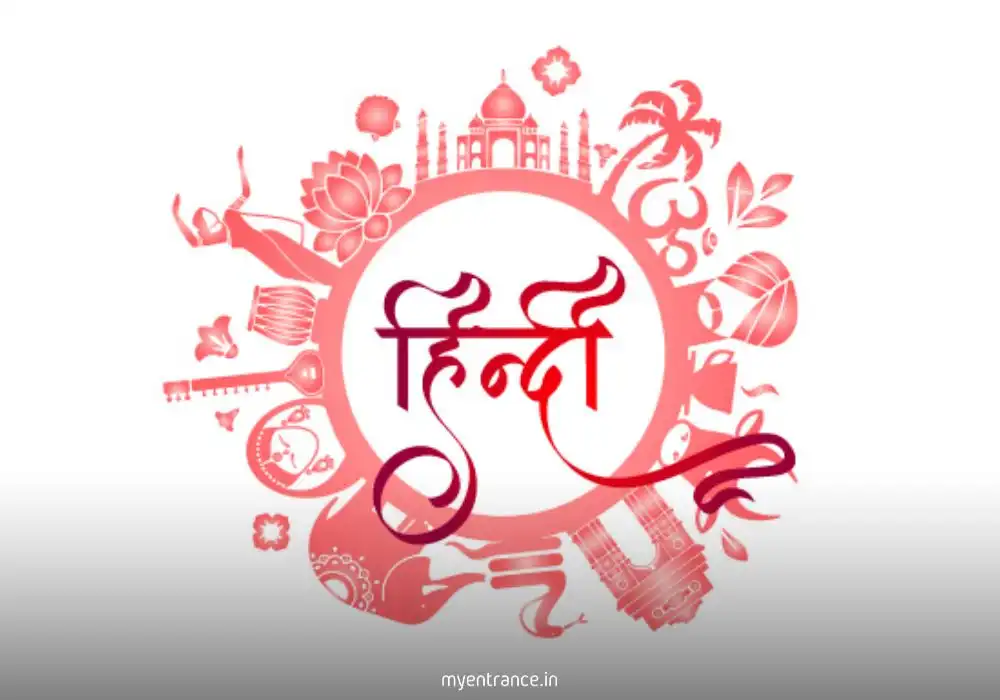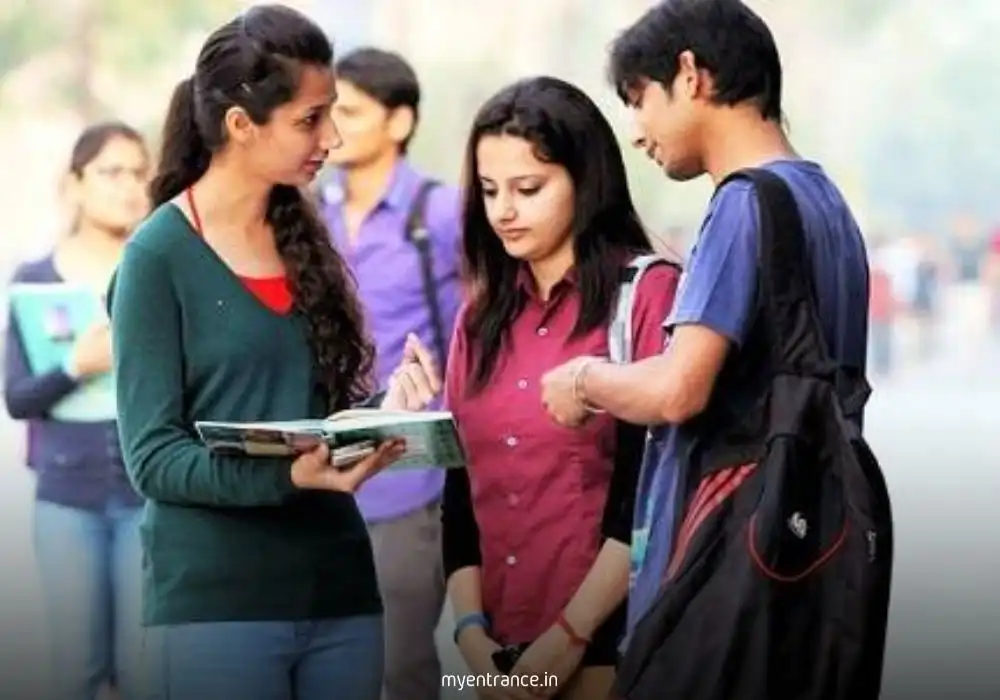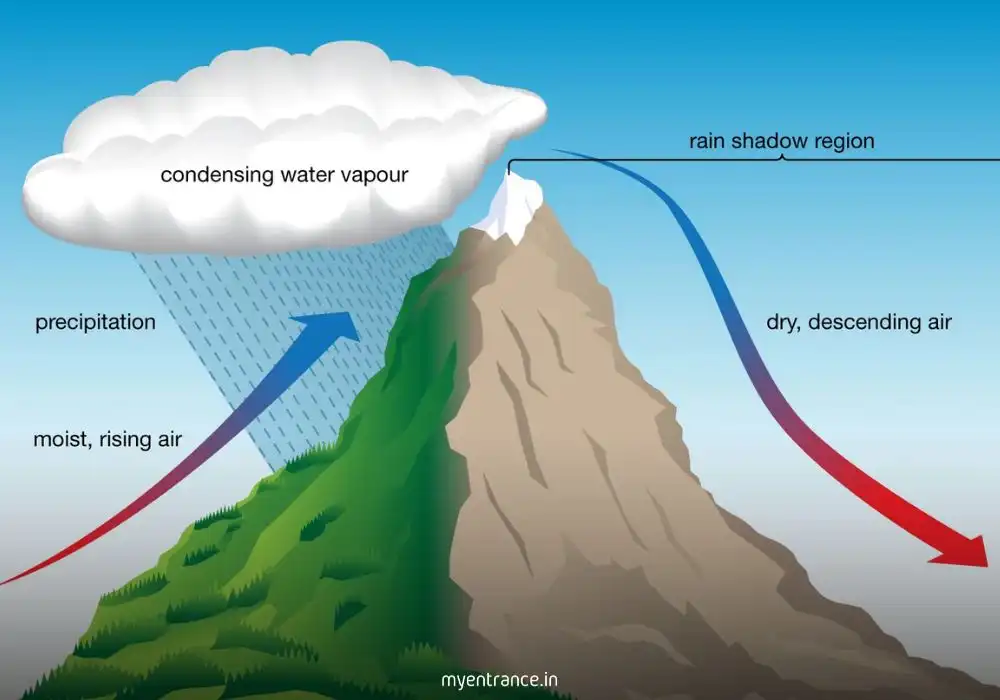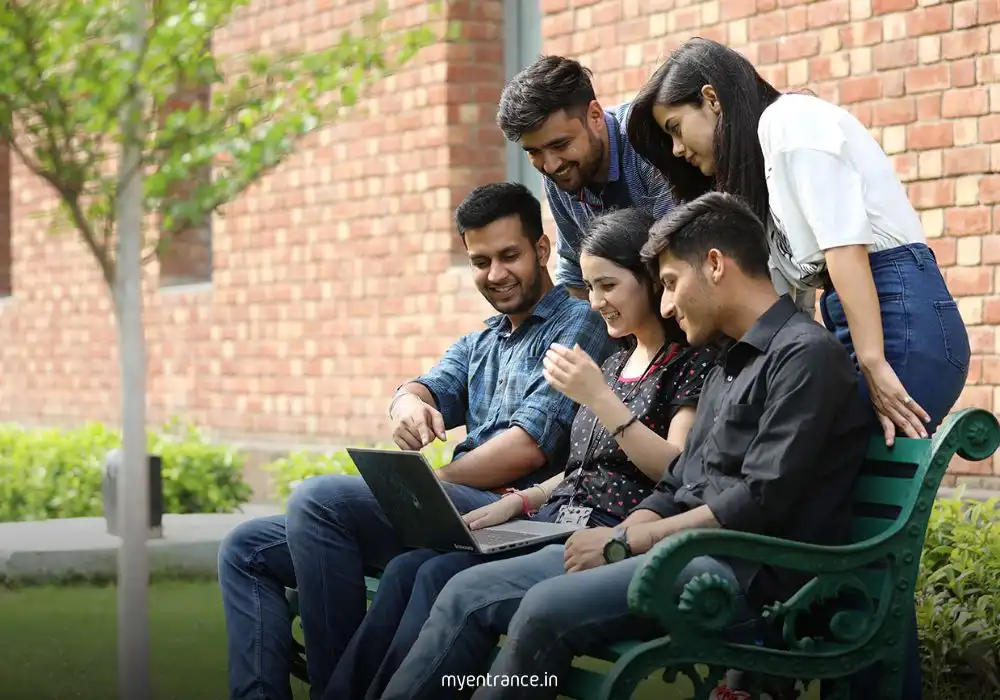Translate Language
Explore India’s UNESCO-Recognized Heritage Railways – A Must-Know for Competitive Exams!
India’s railways aren’t just about travel—they’re a journey through history! Four iconic railways have earned UNESCO World Heritage status, blending colonial architecture, engineering brilliance, and stunning landscapes. If you’re preparing for competitive exams, knowing these railways can give you an edge in general knowledge sections.
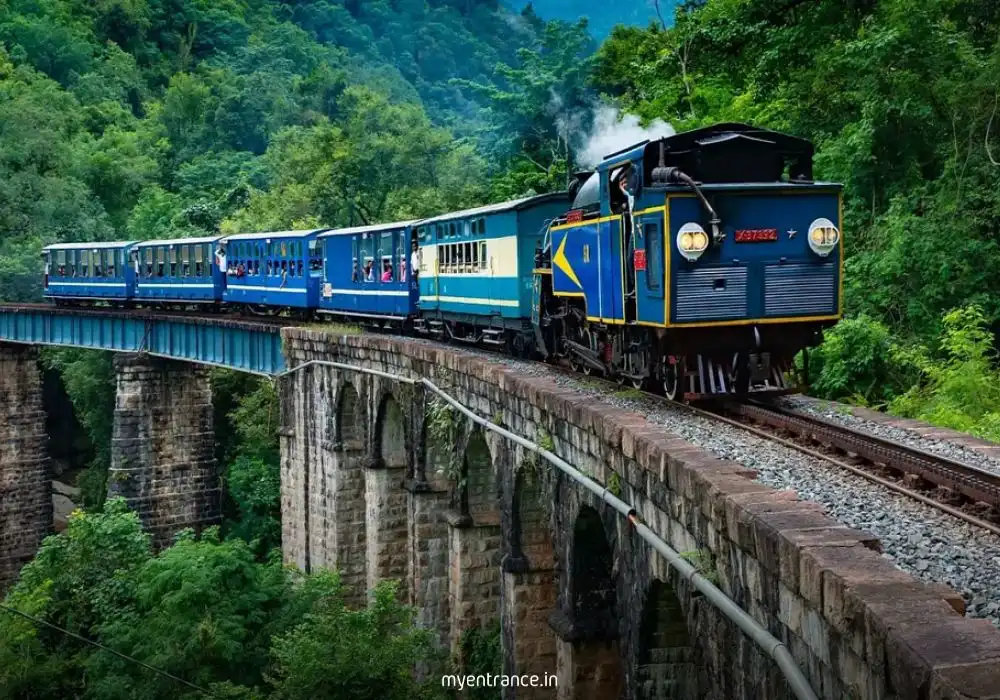
4 UNESCO World Heritage Indian Railways – Explained
1. Chhatrapati Shivaji Maharaj Terminus (CSMT), Mumbai
Architectural Marvel: A stunning fusion of Victorian Gothic and Indian craftsmanship.
Built in: 1887 by British architect F.W. Stevens.
Key Features:
Pointed arches, ribbed domes, stained glass windows, and intricate carvings.
Symbolizes Mumbai’s fast-paced life and colonial legacy.
Looks magical at sunset with a golden glow.
Why is it important for exams?
Frequently asked in SSC, UPSC, and state PSCs under Indian heritage and culture.
2. Darjeeling Himalayan Railway (DHR)
India’s First Hill Railway: Built between 1879-1881, connecting Jalpaiguri to Darjeeling.
Key Highlights:
Passes through lush tea gardens and colonial-era boarding schools.
Ghum Station (7,407 ft) is India’s highest, featuring a museum with vintage locomotives.
Offers breathtaking views of Mt. Kanchenjunga.
Exam Relevance:
Common in geography and history sections of UPSC, KAS, and NID/NIFT entrance exams.
3. Kalka-Shimla Railway
Built in: 1903 (reconstructed in 1921).
UNESCO Recognition: The entire route is a heritage site.
Special Features:
Wooden colonial-style station with vintage coaches like the Himalayan Queen.
Covers 102 tunnels and 864 bridges through Shivalik hills.
Once connected Shimla (British India’s summer capital) to the rest of the rail network.
Why should aspirants know this?
Important for questions on British-era infrastructure and Himachal Pradesh tourism.
4. Nilgiri Mountain Railway (NMR)
Operational Since: 1908 (UNESCO-listed in 2005).
Route: Mettupalayam to Ooty via Coonoor.
Engineering Feat:
16 tunnels, 250 bridges, and 208 sharp curves.
Offers panoramic views of the Western Ghats and tea estates.
Exam Significance:
Frequently appears in Tamil Nadu PSC and railway recruitment exams.
Why is This Topic Important for Competitive Exams?
General Knowledge: UPSC, SSC, and state PSCs often include UNESCO sites in their syllabus.
Tourism & Culture: NID/NIFT exams may ask about heritage and design aspects.
Geography: Railway routes and their significance are crucial for map-based questions.
Questions & Answers for Exam Prep
Which is the highest railway station in India?
Answer: Ghum Station (Darjeeling Himalayan Railway) at 7,407 ft.
Who designed Chhatrapati Shivaji Maharaj Terminus?
Answer: British architect F.W. Stevens.
Which UNESCO railway is known for its 208 curves?
Answer: Nilgiri Mountain Railway.
Which railway was the summer capital of British India?
Answer: Kalka-Shimla Railway (connected to Shimla).
When was the Darjeeling Himalayan Railway built?
Answer: 1879-1881.
Which railway features stained glass windows and Gothic arches?
Answer: Chhatrapati Shivaji Maharaj Terminus (CSMT).
How many tunnels does the Nilgiri Mountain Railway have?
Answer: 16 tunnels.
Which state is the Kalka-Shimla Railway located in?
Answer: Himachal Pradesh.
What makes Ghum Station unique?
Answer: It has a museum showcasing Darjeeling Railway’s history.
Which UNESCO railway runs through tea gardens?
Answer: Both Darjeeling Himalayan Railway and Nilgiri Mountain Railway.
These UNESCO-listed railways aren’t just travel gems—they’re vital for exam preparation! Whether you’re tackling general knowledge or geography sections, mastering these facts can boost your scores. Bookmark this guide for quick revisions and stay ahead in your competitive exam journey.
For more exam tips and mock tests, visit MyEntrance.in!
Get 3 Months Free Access for SSC, PSC, NIFT & NID
Boost your exam prep!
Use offer code WELCOME28 to get 3 months free subscription. Start preparing today!



